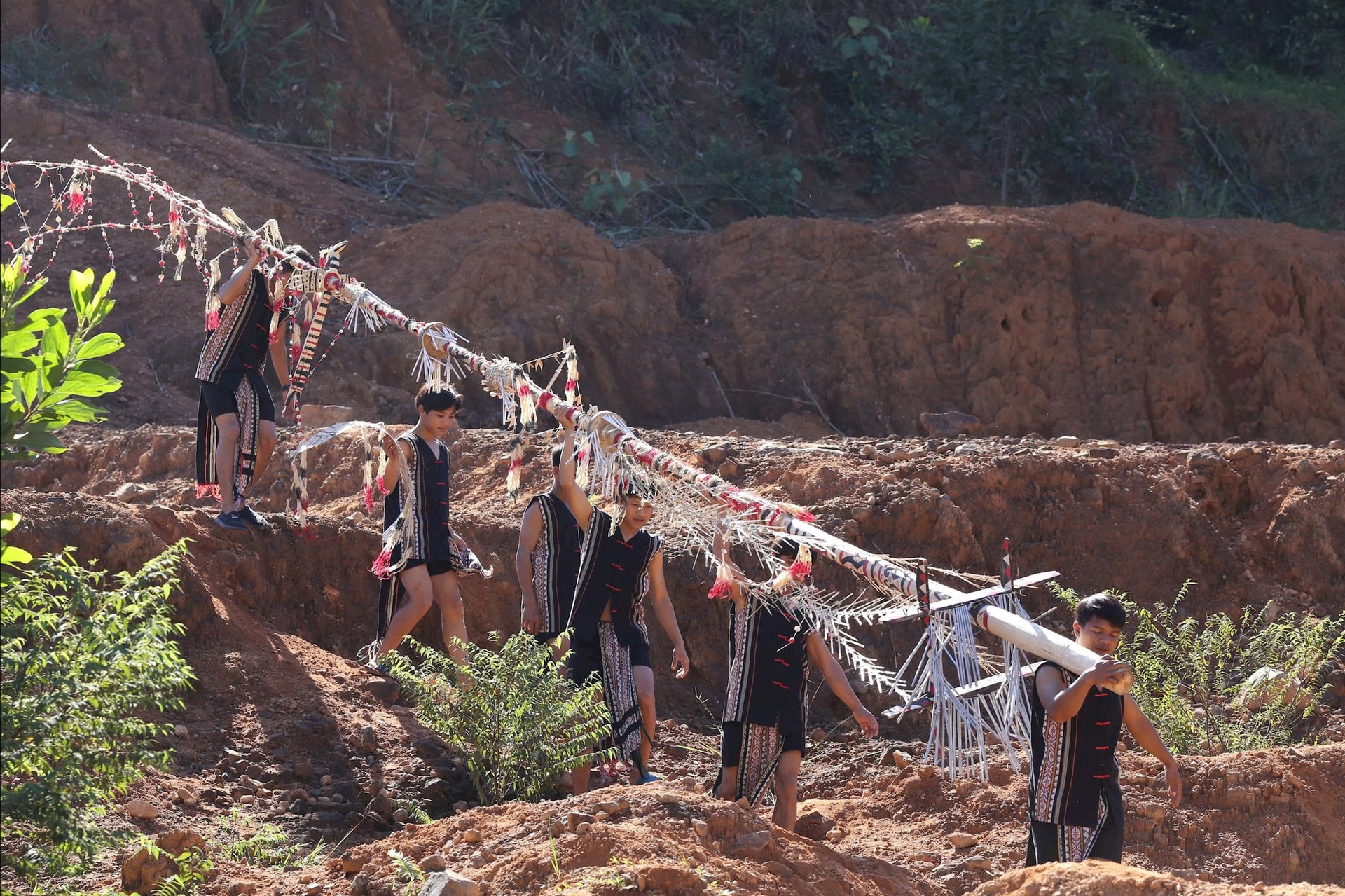
The ceremonial pole (also called the Neu tree) is where the Co people express their long-standing artistic values of sculpture, decoration, and shaping. In his previous studies, ethnologist Nguyen Tri Hung said that the Neu tree is always closely associated with the spiritual life of the Co people, and is the environment for the formation, development, existence, and transmission of folk plastic arts and other art forms.
The art of creating poles and gu of the Co people is mainly carving lines combined with coloring, lines shown on a pre-existing color background, or coloring. Researchers believe that for the Cor people, creating shapes is not simply for beauty, but to send wishes to the gods, asking for blessings for a better life.
Associate Professor, Dr. Vo Quang Trong - Vice President of the Vietnam Folk Arts Association, said that Co artisans have aesthetic talent and artistic creativity through the creation and unique decoration of the pole and the gu set.
The ceremonial pole is made of wood, but it must be a Chò chỉ tree, a tree that is not punctured by ants or birds, and not surrounded by vines. According to the explanation of some elderly Co people, they chose the Chò chỉ tree because it is very sturdy, a symbol of the firmness, strength, and resilience of the Co people.
The Co people decorate the ceremonial pole into three parts, each part has a different decoration, sculpture, and carving. According to the information from the dossier recognizing the intangible cultural heritage of the Co people's decorative pole art and gu, the most important part of the pole is in the middle of the ceremonial pole, which the Co people concentrate on to create a system of continuous rows of patterns.
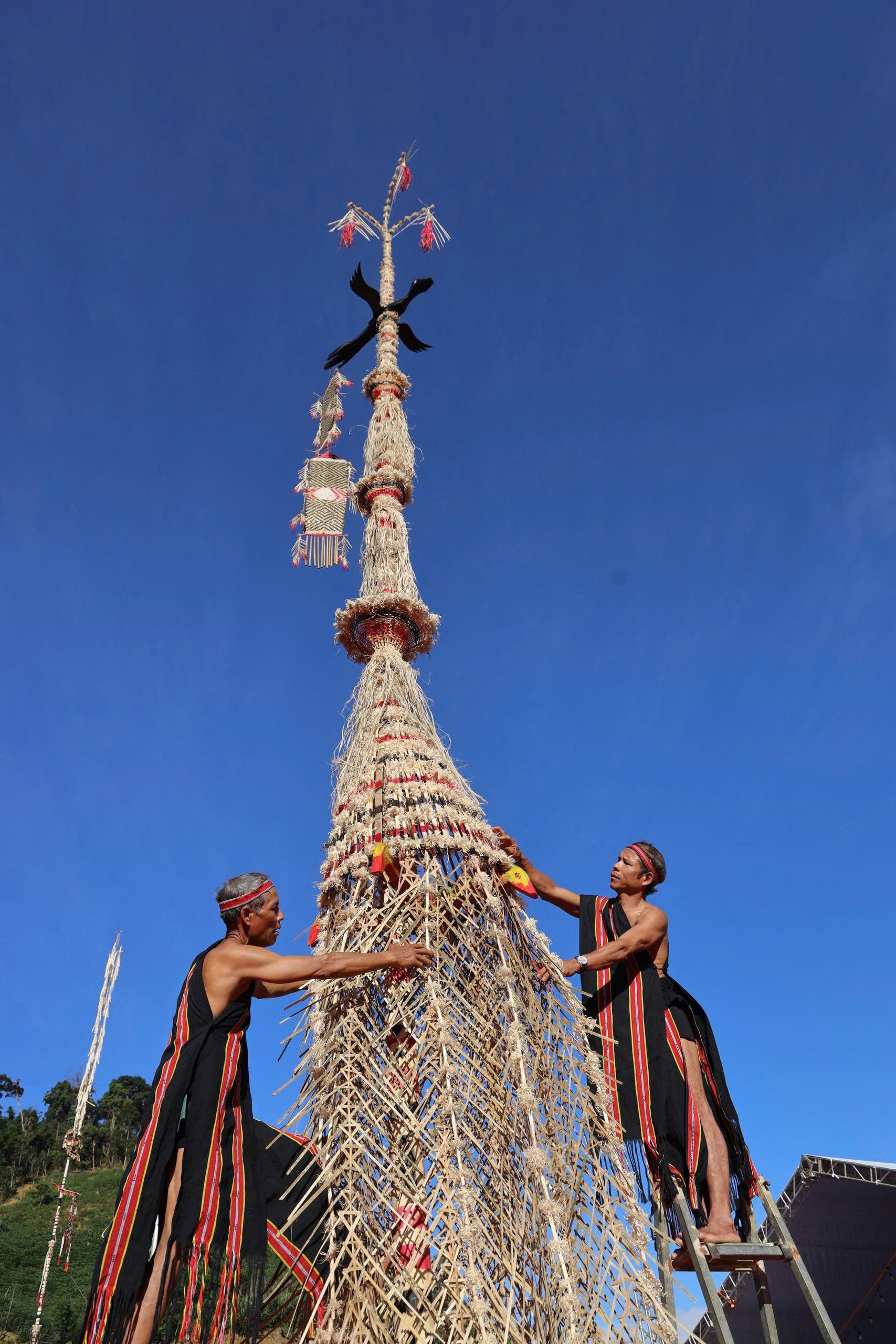
On the motifs, the rows of geometric patterns such as circles, triangles, diamonds, dots, straight lines, curves form the shapes of flower trees, four-pointed and eight-pointed stars appearing evenly in the middle of the column. The decoration is concentrated in strips, around an axis or distributed along the edges or in circular patches on the wooden board.
The larger red circle is used as a symbol of the sun god, while the smaller black circles are symbols of the moon god, decorated on the wooden shaft. That is the reason why the Co people always set up the buffalo stabbing ceremony pole in the morning. And with this element, the sun drawing is always facing the East.
If the traditional pole is considered by the Co people as the focal point of the worship ritual in the yard or outdoors, the gu set, usually made of wood, is considered the focal point of the worship ritual indoors.
The Co people have four types of wooden gu that are usually hung indoors, including: gu bla hung in the middle of the house, gu mok hung at the entrance of the house, gu mok tum hung at the kitchen entrance and gu tum hung in the middle of the kitchen. Of these, gu bla is the most elaborately decorated, often with mascots and animals. The Co people divide gu bla into two types: gu trong and gu mai, which in the Co language are called gu po and gu pi.
Each panel and branch of the gu is a unique work of art by skillful Co artisans, simulating and recreating daily life and their concepts of gods, the universe, beliefs, faiths...
Before hanging the gu sets, the Co people also perform spiritual rituals such as worshiping and erecting the pole. In addition to hanging them indoors, the gu sets are also recreated and hung as decorative positions to worship the gods on the pole outdoors.
In the work “Indigenous Mountain Culture”, ethnologist Nguyen Tri Hung said that Co artisans often use plants and cardamom from the forest to create colors and draw images of mountains and forests to decorate the buffalo stabbing poles. They believe that the image of mountains and forests is the common home, the friend, the life of the Co people in the Truong Son - Tay Nguyen region. And these motifs show the attachment of the Co people to the living environment and mountains and forests.
Recently, the Ministry of Culture, Sports and Tourism continued to recognize the decorative art on the pole and gu set of the Co people in Tra Bong (Quang Ngai) as national intangible cultural heritage.
Source: https://baodanang.vn/nghe-thuat-tao-hinh-tren-cot-le-cua-nguoi-co-3305716.html


![[Photo] Prime Minister Pham Minh Chinh inspects and directs the work of overcoming the consequences of floods after the storm in Thai Nguyen](https://vphoto.vietnam.vn/thumb/1200x675/vietnam/resource/IMAGE/2025/10/08/1759930075451_dsc-9441-jpg.webp)


![[Photo] Closing of the 13th Conference of the 13th Party Central Committee](https://vphoto.vietnam.vn/thumb/1200x675/vietnam/resource/IMAGE/2025/10/08/1759893763535_ndo_br_a3-bnd-2504-jpg.webp)




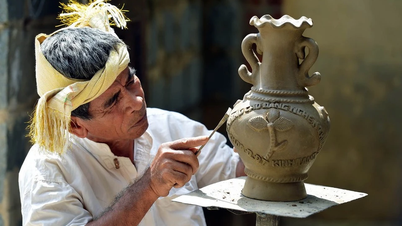

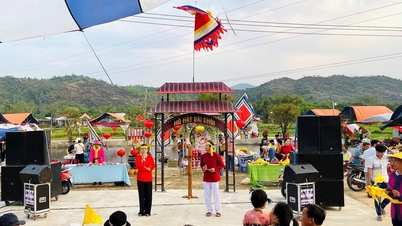


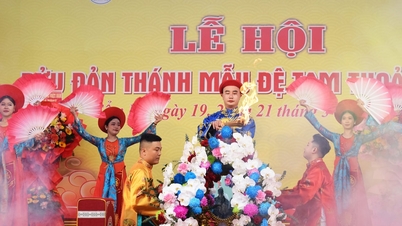
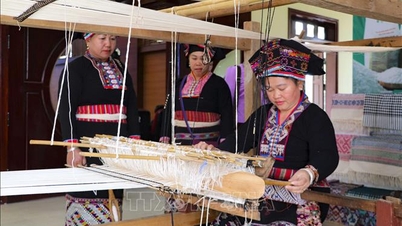















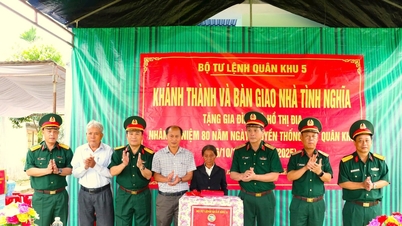


































































Comment (0)